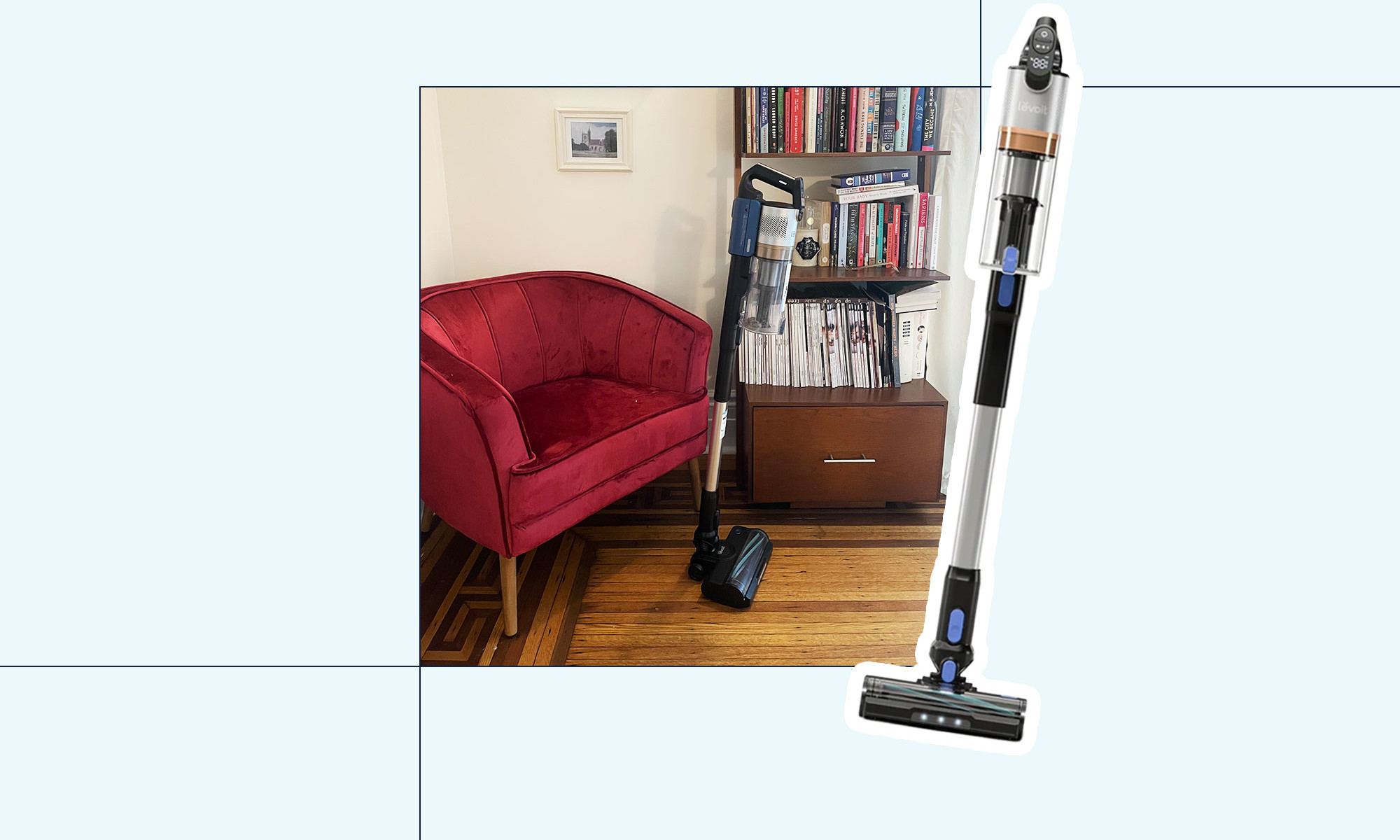The Practical Aspects of Intranasal Corticosteroid Use: Important Educational Points Patients Should Know
By Dr. Diana Malaeb Intranasal corticosteroids (INSs) are the most effective class of medication for controlling nasal symptoms. To achieve their optimal benefits, it is extremely important that patients use INSs correctly and consistently. Assisting patients with product selection...

By Dr. Diana Malaeb
Intranasal corticosteroids (INSs) are the most effective class of medication for controlling nasal symptoms. To achieve their optimal benefits, it is extremely important that patients use INSs correctly and consistently. Assisting patients with product selection and providing instructions regarding the proper use of INSs, pharmacists can help patients achieve the best possible outcomes. Diana Malaeb, PharmD., BCPS, PhD, explains more.

The two INS products
According to Malaeb, two INS products that are now available over the counter for the relief of nasal symptoms include Nasacort Allergy 24HR (triamcinolone acetonide) and Flonase Allergy Relief (fluticasone propionate). “Both products are indicated for use in adults and children; with Nasacort advised for patients’ over age two, and Flonase for patients’ over age four.”
Instructions for using INS Nasal Sprays
Before the first use, patients need to prime the spray bottle. To do so, advise patients to shake the bottle well and to press and release the nozzle, away from the face, until a fine mist is produced. The spray bottle should be re-primed if it has not been used for some time (two weeks or longer for Nasacort, one week or longer for Flonase).
First, remove the cap and shake the bottle. Press and release the spray nozzle until a fine mist is produced. This may take several times. Take care not to spray in your face. To use the INS spray, patients should first gently blow their nose to clear the nostrils. Instruct them to remove the cap and shake the spray bottle, then to close off one nostril by pressing against the outside of that nostril with their finger. It is important to administer the spray away toward the back of the nose and away from the nasal septum, as spraying INSs directly on the nasal septum may increase the likelihood of experiencing epistaxis. While sniffing gently, patients should press down on the spray nozzle to administer 1 spray. Depending on the dosing, another spray may be administered into the same nostril. Patients should then repeat this procedure with the second nostril. To help prevent dripping into the back of the throat, direct patients not to tilt their head back. After use, patients should wipe the nozzle with a clean tissue and replace the cap. At times, patients may seek advice on cleaning a blocked INS spray bottle. Instruct them to remove the cover, pull off the spray nozzle, soak the nozzle in warm water for a few minutes, rinse the nozzle with cold water, and allow the pump to air dry before replacing the spray nozzle. Patients’ should not try to unblock the nozzle with a pin or sharp object because doing so can damage the nozzle, resulting in inaccurate dosing.
Instructions for using INSs
Blow nose gently to clear nostrils. Remove cap and shake spray bottle. Press against the outside of one nostril with your finger to close off that nostril. Insert spray nozzle into the other nostril and aim the nozzle toward the back of the nose and away from the nasal septum. Spray into the nostril while sniffing gently. Depending on the dosing, another spray may be administered into the same nostril. Repeat steps 3 through 5 for the other nostril. After use, wipe the nozzle with a tissue and replace cap.Dosing
Dosing varies by product, and it must be used every day in regularly spaced doses and around four to six weeks may pass before you begin to notice improvement in your condition. It may take several months before you feel the full effects of this medicine.
For Nasacort, adults and adolescents should start treatment with two sprays into each nostril once daily. After allergy symptoms improve, this may be reduced to 1 spray into each nostril once daily.
For Flonase, adults and adolescents should start treatment with two sprays into each nostril once daily. After the first week, this may be reduced to 1 spray into each nostril once daily. If one spray into each nostril does not control symptoms, the patient should go back to two sprays. Although nasal symptoms may improve within 3 to 12 hours, optimal control may take several days of regular INS use.
Patients should be aware that INSs work best when used daily.
Side effects
Gargling and rinsing your mouth with water after each dose may help prevent hoarseness, throat irritation, and infection in the mouth. However, do not swallow the water after rinsing.
The pharmacist’s role
Pharmacists should direct patients to prime the spray bottle before first use and if the spray bottle has not been used in some time, two weeks or longer for Nasacort, one week or longer for Flonase. To help prevent epistaxis, pharmacists should instruct patients to spray INSs away from the septum. Patients should be informed that optimal relief of allergic rhinitis symptoms may take several days of regular INS use, and that INSs work best when used daily.
References:
Bridgeman MB, Wilken LA. Essential Role of Pharmacists in Asthma Care and Management. J Pharm Pract. 2021 Feb;34(1):149-162. doi: 10.1177/0897190020927274. Epub 2020 Jun 4. PMID: 32495701; PMCID: PMC7871297. Ambizas EM, Dimitropoulos E. Allergic Rhinitis and Intranasal Corticosteroid Sprays. US Pharm. 2015;40(7):8-11.
 Tfoso
Tfoso 































